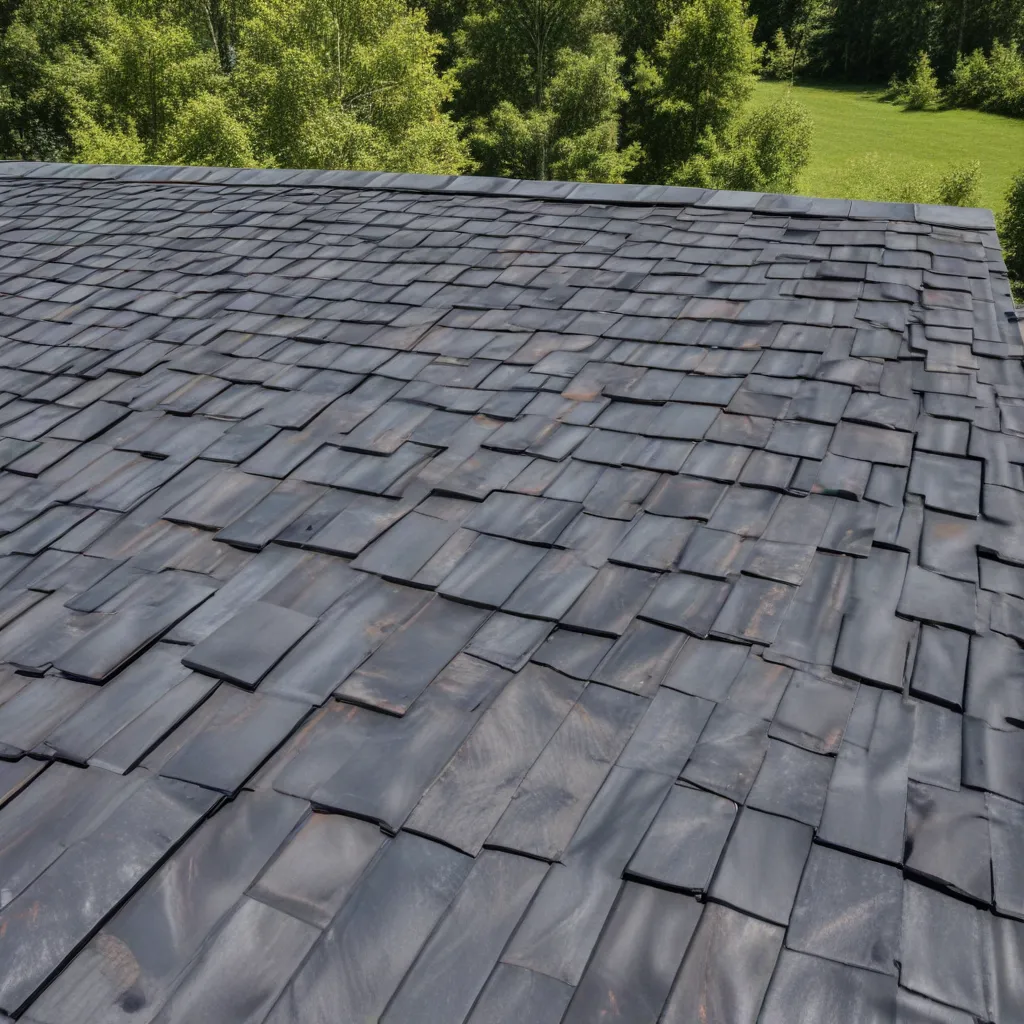
As sustainability continues to rise in importance for homeowners and architects alike, the roofing industry has responded with innovative composite materials that offer an attractive, durable, and environmentally friendly alternative to traditional roofing options. Composite roofing, composed of synthetic resins, reinforcing fibers, and various fillers and additives, has emerged as a leading choice for those seeking to future-proof their homes while reducing their carbon footprint.
Composition of Composite Roofing
Composite roofing is crafted from a blend of high-quality materials, each playing a crucial role in its performance and longevity. The core components include:
Synthetic Resins: These form the backbone of the roofing material, providing strength, impact resistance, and dimensional stability. Common resin types include polyvinyl chloride (PVC), thermoplastic olefin (TPO), and thermoplastic polyolefin (TPE).
Reinforcing Fibers: Fiberglass, carbon fibers, or synthetic polymers are strategically incorporated to enhance the overall structural integrity of the roofing system, improving its resistance to weathering, cracking, and impact damage.
Fillers and Additives: A variety of materials, such as mineral fillers, UV stabilizers, and flame retardants, are added to the composite blend to further enhance its performance characteristics, aesthetic appeal, and safety.
Types of Composite Roofing
The versatility of composite roofing materials has led to the development of several distinct product categories, each catering to the unique needs and design preferences of homeowners:
Asphalt Composite Shingles: These shingles combine the classic aesthetic of traditional asphalt shingles with the enhanced durability and sustainability of composite construction. The reinforcing fibers and specialized coatings provide superior resistance to weathering, fire, and impact.
Polymer-Based Composite Tiles: Modeled after natural materials like slate, clay, and cedar shake, these lightweight and impact-resistant tiles offer a visually striking alternative to their traditional counterparts. The polymer composition provides exceptional resistance to cracking, fading, and moss/algae growth.
Engineered Composite Panels: Larger, modular roofing systems composed of composite materials provide a seamless, uniform appearance while simplifying the installation process. These panels often incorporate features like integrated ventilation and energy-efficient coatings.
Sustainability of Composite Roofing
The environmental benefits of composite roofing are a primary factor driving its growing popularity. By addressing both the immediate and long-term impacts of roofing, composite materials are emerging as a sustainable solution for homeowners.
Environmental Impact
Recyclability: Many composite roofing products are designed with recycling in mind, allowing them to be repurposed at the end of their lifespan, reducing waste and reliance on finite resources.
Energy Efficiency: Composite roofs, particularly those with specialized cool roof coatings, can significantly improve a home’s energy efficiency by reflecting a greater portion of the sun’s heat, reducing the need for air conditioning and lowering utility bills.
Longevity and Durability
Weather Resistance: Composite roofing systems are engineered to withstand the elements, from high winds and heavy rain to hail and UV exposure. This enhanced durability translates to a longer lifespan for the roof, minimizing the need for frequent replacements.
Impact Resistance: The reinforced composite structure makes these roofs highly resistant to damage from falling debris, tree branches, and other impact-related hazards, further extending the roof’s useful life.
Aesthetic Considerations
Beyond their practical benefits, composite roofing materials offer a wide range of aesthetic options, allowing homeowners to seamlessly integrate their roofing system with the overall design of their home.
Design Flexibility
Color and Texture Options: Composite roofing can be manufactured in a variety of colors, textures, and patterns, enabling homeowners to find a solution that complements their home’s architectural style, whether traditional or contemporary.
Architectural Styles: From Spanish-inspired clay tile profiles to classic asphalt shingle appearances, composite roofing can be tailored to suit a diverse range of architectural styles, ensuring a cohesive and visually appealing result.
Integration with Home Exterior
Complementary Aesthetics: The versatility of composite materials allows them to blend seamlessly with other exterior elements, such as siding, windows, and trim, creating a harmonious and visually striking overall appearance.
Curb Appeal: By enhancing the aesthetic appeal of a home’s exterior, composite roofing can significantly boost the property’s curb appeal, potentially increasing its value and desirability on the real estate market.
Installation and Maintenance
Transitioning to a composite roofing system requires careful consideration of the installation process and ongoing maintenance requirements, both of which can vary depending on the specific product and the expertise of the installation team.
Installation Process
Professional Expertise: While some composite roofing systems may be suitable for DIY installation, it is generally recommended to have the work performed by experienced roofing professionals who can ensure proper installation techniques and attention to critical details like flashings and underlayment.
DIY Feasibility: For homeowners comfortable with home improvement projects, certain composite roofing options, such as asphalt shingles, may be suitable for DIY installation, provided the necessary safety precautions and attention to detail are observed.
Maintenance Requirements
Cleaning and Inspection: Composite roofs typically require periodic cleaning to remove any moss, algae, or debris that may accumulate, as well as regular inspections to identify and address any potential issues before they escalate.
Repairs and Replacements: In the event of damage, composite roofing systems can often be repaired or replaced more easily and cost-effectively than traditional roofing materials, further contributing to their long-term sustainability.
As homeowners and building professionals continue to seek more sustainable and durable roofing solutions, composite materials have emerged as a leading choice. By offering a unique blend of environmental responsibility, aesthetic versatility, and long-term performance, composite roofing systems are poised to play a significant role in the future of residential and commercial construction.
To learn more about the benefits of composite roofing and how it can enhance your home, visit Genuine Roof Systems or consult with one of our experienced roofing specialists.

























